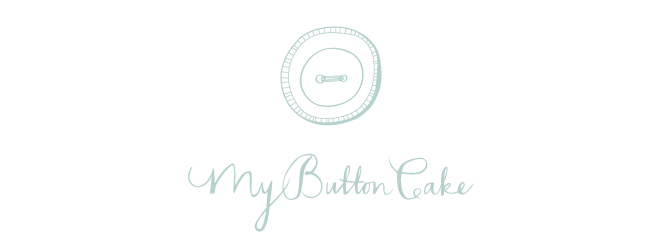There's only one thing that could make a crème brûlée more desirable. Crisp, golden pastry. Thanks once again to Bourke Street Bakery, I've found something I was previously lacking in my life, without even realising it. This heavenly creation takes the concept of
the classic French dessert, and enhances the experience by a delicious, dark and flaky pâte brisée, with a hit of tart strawberry puree. If you can't visit one of their bakeries to try the real thing, re-creating it at home is the next best thing.
Similar to their
flourless chocolate cake, Bourke Street deliver a quite involved recipe. The benefit of this is in the results-- if you follow this recipe down to each detail, you really will come so close to their gorgeous creation, it will surprise you. It's not difficult, but takes patience and is really best if you start this more than 24 hours before.
Ingredients (makes 20)
Recipe adapted from Bourke Street Bakery: The Ultimate Baking Companion
For strawberry puree:
250 gms strawberries, washed and hulled
120 gms caster sugar
For crème brûlée:
720 mls pouring cream
1 vanilla bean, split lengthways
10 egg yolks
80 gms caster sugar
extra caster sugar, for burning
1 quantity pâte brisée (see recipe in BSB), used to line 20 8cm round fluted loose-based tart tins.
To make the srawberry puree, put the strawberries and sugar in a food processor and process until smooth. Transfer to a bowl, cover with plastic wrap and refrigerate until needed.
To make the crème brûlée custard, put the cream into a saucepan. Scrape the seeds of the vanilla bean into the cream and add the bean. Bring to the boil over a high heat. As soon as it boils, remove from the heat and set aside to infuse to ten minutes.
Place the egg yolks in a large stainless steel bowl and use a whisk to combine. Add the sugar and continue whisking for about 30 seconds or until sugar has dissolved.
Pour the slightly cooled cream through a fine sieve, discarding the vanilla bean, the pour cream into the egg mixture, stirring well to combine.
Put the bowl over a saucepan of simmering water, making sure the base of the bowl does not touch the water, and continue stirring with a whisk for about 10 - 15 mins, or until the mixture is smooth and thick, scraping down the bowl regularly with a rubber spatula. It is important to keep stirring at all times or the mixture will curdle.
Remove the bowl from the heat and whisk briskly for about 2 mins to cool it quickly. Over the next hour, whisk mixture every ten mins until cooled.
Use a rubber spatula to clean the sides of the bowl thoroughly and place plastic wrap directly on the surface of the mixture, to prevent a skin from forming. Refrigerate overnight to set.
Follow direction in Bourke Street Bakery: The Ultimate cooking companion to prepare and bake 20 pastry cases.
To assemble tarts, spoon about 3/4 tsp of strawberry puree in the centre of the base of each tart shell. Pipe the custard into each shell with a piping bag fitted with a plain 1cm tip. You should slightly overfill each. With a small palette knife, scrape the custard to sit flush with the top of the tart shell. Refrigerate for 4 hours.
Sprinkle 1 tsp caster sugar onto the top of the custard and burn with a culinary blowtorch until caramelised.
I caramelised half of my tarts, saving the rest of the filled tarts in an airtight container in the fridge until needed, leaving them up to a few days. The pastry will soften but is still utterly delicious. If you caramelise all of the tarts at once, it's best to eat them fresh as the lovely crack of the brûlée will soften in the fridge over time.
You'll also have a hole lot of strawberry puree remaining, so you can half the quantity if you like, but it tastes delicious on just about anything and is a very handy thing to have in the fridge. You could also freeze and use for later, if you like.
Recommended baking soundtrack: Coralie Clément - Toystore.





























